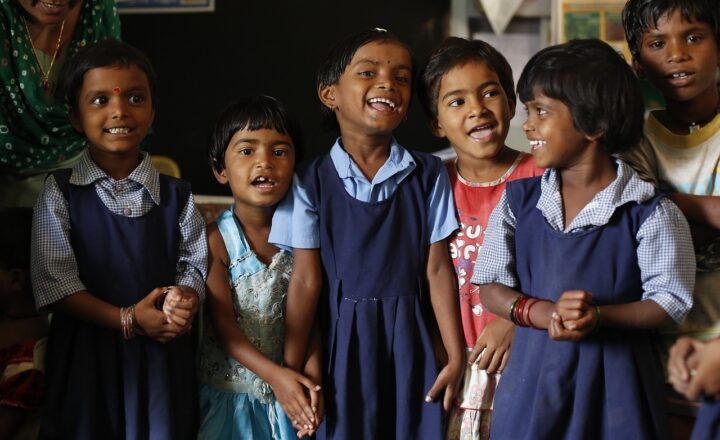
Language connects us, allowing cultures, ideas, and people to share and communicate across borders. With over 7,000 languages spoken globally, only a handful dominate the majority of conversations. Here, we explore the world’s most spoken languages by native speakers and total speakers, delving into what makes them widely used and influential.
1. English
Total Speakers: Approximately 1.5 billion
Native Speakers: Around 370 million
English serves as the global lingua franca. With its vast presence in business, entertainment, science, and technology, English bridges people worldwide, making it essential for communication across diverse cultures.
2. Mandarin Chinese
Total Speakers: Over 1.1 billion
Native Speakers: Around 920 million
As the most spoken language by native speakers, Mandarin is deeply rooted in Chinese culture and history. China’s economic rise has further propelled Mandarin’s global reach, especially in Asia and major business hubs.
3. Hindi
Total Speakers: Around 600 million
Native Speakers: Approximately 340 million
Hindi, primarily spoken in India, is one of the fastest-growing languages. With India’s expanding influence and population, Hindi is becoming increasingly significant in global communications, especially within the Indian diaspora.
4. Spanish
Total Speakers: Approximately 580 million
Native Speakers: Around 460 million
Spanish boasts a strong presence across Spain, Latin America, and parts of the United States. Known for its rich literary tradition and cultural impact, Spanish continues to grow, particularly within the Americas.
5. French
Total Speakers: About 280 million
Native Speakers: Around 77 million
French, often associated with diplomacy and elegance, is spoken across Europe, Africa, and parts of North America. As an official language in many international organizations, French maintains a prestigious global status.
6. Arabic
Total Speakers: Roughly 274 million
Native Speakers: About 310 million
With variations like Modern Standard Arabic and regional dialects, Arabic serves as a unifying language for millions across the Middle East and North Africa. Its historical significance and religious importance contribute to its widespread use.
7. Bengali
Total Speakers: Over 265 million
Native Speakers: Around 230 million
Primarily spoken in Bangladesh and parts of India, Bengali holds a vital place in South Asian culture. It has a rich literary heritage and continues to grow with the population in these regions.
8. Portuguese
Total Speakers: Around 260 million
Native Speakers: About 220 million
Portuguese is spoken not only in Portugal and Brazil but also in parts of Africa and Asia. Brazil’s cultural exports and economic growth have helped boost Portuguese on the global stage.
9. Russian
Total Speakers: Approximately 258 million
Native Speakers: Around 154 million
Russian’s influence extends beyond Russia into Eastern Europe and Central Asia. Known for its rich literature and history, Russian continues to be widely studied and spoken in former Soviet states.
10. Urdu
Total Speakers: Around 230 million
Native Speakers: About 70 million
Spoken primarily in Pakistan and India, Urdu shares linguistic roots with Hindi. With its cultural and historical significance, Urdu continues to be a bridge language for millions in South Asia.
The Role of Language in a Connected World
Language is more than just a tool for communication; it reflects history, culture, and identity. As globalization continues, the importance of understanding multiple languages grows, enabling cross-cultural connections and mutual understanding.
Conclusion
The most spoken languages in the world shape our daily interactions and reflect the dynamic cultural exchanges happening globally. While English and Mandarin lead due to their massive number of speakers, every language has its unique role in connecting communities, preserving traditions, and fostering new ideas.








